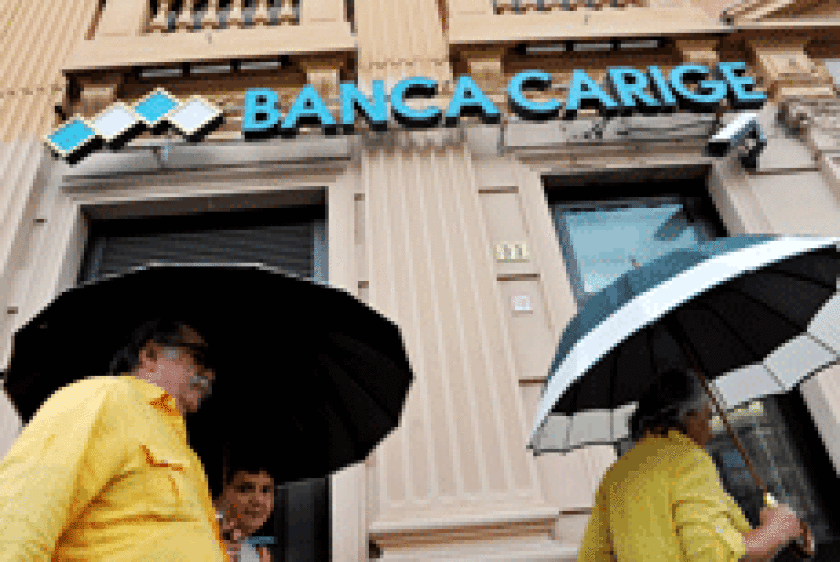Carige’s new board faces tough questions in fight for survival

Banca Carige has shaken up its management team and is preparing to return to the European Central Bank with a new plan for keeping its capital ratios in check. But the troubled Italian lender is going to have its work cut out in accessing the debt or equity markets before the end of the year, with a whole host of its peers waiting to do the same, write Tyler Davies and Sam Kerr.
Unlock this article.
The content you are trying to view is exclusive to our subscribers.
To unlock this article:
- ✔ 4,000 annual insights
- ✔ 700+ notes and long-form analyses
- ✔ 4 capital markets databases
- ✔ Daily newsletters across markets and asset classes
- ✔ 2 weekly podcasts
